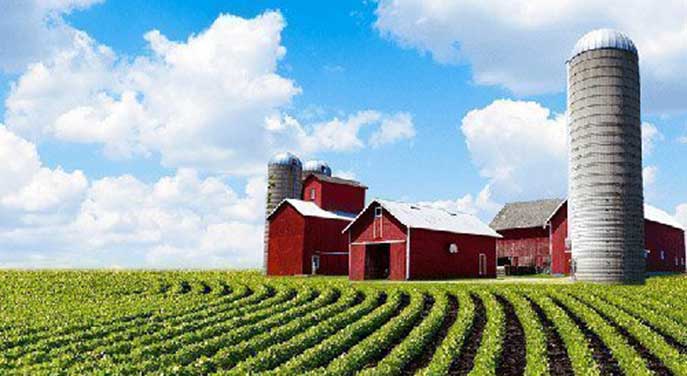 While there are those who demand greater access to agricultural land for city dwellers, especially since COVID-19 has pushed many to seek space far from major cities, others want to protect our land from real estate speculators.
While there are those who demand greater access to agricultural land for city dwellers, especially since COVID-19 has pushed many to seek space far from major cities, others want to protect our land from real estate speculators.
It’s a real point of tension and an important debate. But beyond this, our approach to protecting farmland may have to change forever.
Two reasons often motivate governments to protect farmland.
First, many loudly proclaim the impossibility of creating agricultural land. While true to a certain extent, technologies allow us to repurpose land and make our acreage more efficient. And there are vertical farms. The greenhouse industry allows increased efficiency of our spaces and is expanding rapidly in Canada and elsewhere.
Also, our debate on farmland protection is based on the premise that consumers will continue to consume in the same way for years to come. But consumers’ habits are changing – slowly, but they’re changing. With our collective craze for plant-based proteins and the eventual arrival of emerging technologies like precision fermentation and cultivated meat that will shake up our plates, protein will mean something quite different in a few decades.
A real transition to plant proteins is shaping up. Most Canadians will continue to consume meat, but in smaller quantities for all kinds of reasons. According to a report by the Market Data Forecast group, the global plant protein market could double by 2026. This market is estimated at around $23 billion now, so it could exceed $46 billion in a few years.
That huge progression is just the start of a new trend. And don’t let Beyond Meat’s current slide fool you. The younger generations are interested in protein that’s more sustainable, simpler and less expensive. Given higher meat prices, retail price differences between vegetable and animal proteins are much less significant than a few years ago.
In Canada and around the world, agricultural land devoted to food production for livestock is substantial.
Major field crops include all varieties of wheat, barley, corn, oats, rye, canola, flax, soybeans, dried peas, lentils, dried beans, chickpeas, mustard seeds, canary seed and sunflower seeds. Our grain output is massive.
According to the Animal Nutrition Association of Canada, 80 per cent of the barley, 60 per cent of the corn and 30 per cent of the wheat crops grown in Canada are used to feed livestock. And according to Statistics Canada, about 15 million acres are used to produce these three crops for livestock in Canada – and 15 million acres is almost the size of New Brunswick.
Some of the land will obviously be repurposed and given over to other crops since the pressure to grow crops for livestock could drop significantly over time.
 Cultured meat is also on the horizon, along with other technologies that require fewer resources. For example, the aquaculture production of fish and seafood could double in the next few years, giving more protein options to consumers.
Cultured meat is also on the horizon, along with other technologies that require fewer resources. For example, the aquaculture production of fish and seafood could double in the next few years, giving more protein options to consumers.
You can understand where this is all going. A greater plurality of proteins will require more modest agricultural production.
As for milk, the darling of Eastern Canadian agriculture, precision fermentation could wipe out Canada’s dairy industry within 15 to 20 years, according to reports.
So protecting farmland isn’t the only issue we need to worry about. We also need to think about land occupancy in rural communities.
Despite this, the threat of running out of farmland to feed the planet by 2050 continues to be expressed. Certain groups are worried about the possibility of running out of food to feed our 10 or 11 billion people by 2050.
But according to the United Nations, 40 million square km, or 77 per cent of agricultural land in the world, is dedicated to animal production. It’s a safe bet that we won’t run out of agricultural land – just the opposite could happen. Experts even say climate change can give Canada new land in the North to cultivate crops.
We will have to find new ways of occupying our rural territory, not just protect it. The management of our agricultural heritage and the support offered to rural economies will undergo a major upheaval. Farmland management in Canada will change, and it needs to, for the sake of our rural communities.
Dr. Sylvain Charlebois is senior director of the agri-food analytics lab and a professor in food distribution and policy at Dalhousie University.
Sylvain is one of our Thought Leaders. For interview requests, click here.
The opinions expressed by our columnists and contributors are theirs alone and do not inherently or expressly reflect the views of our publication.
© Troy Media
Troy Media is an editorial content provider to media outlets and its own hosted community news outlets across Canada.

